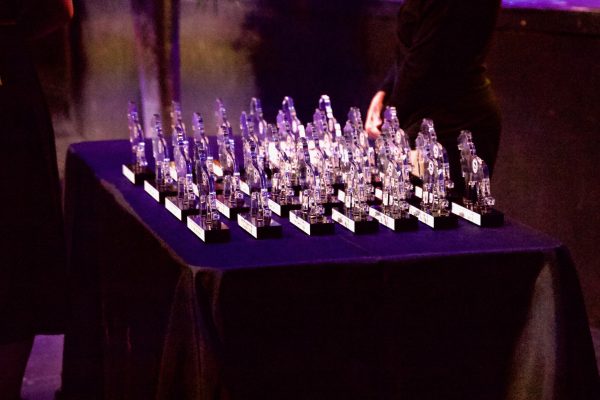Yellow light: FIRE rates UNA’s speech codes
February 9, 2012
The Foundation for Individual Rights in Education (FIRE) has given UNA’s student speech code policy a rating of yellow. Yellow lighted universities have at least one policy that could encourage “administrative abuse and arbitrary application,” according to the organization’s website, thefire.org.
The FIRE rates schools based on how much their policies could prohibit free speech guaranteed by the First Amendment.
UNA President Dr. Bill Cale said The FIRE’s rating comes down to a difference in opinion.
“The FIRE is entitled to their opinion, of course, and it is one with which we are aware,” he said. “However, their conclusion is one with which UNA disagrees.
“We have vetted our speech policy through our legal counsel and only adopted that code after being comfortable that we did not violate the First Amendment.”
The university speech codes only serve to maintain a safe haven for students, Cale said.
“Our approach to speech, as with other matters, is to insure that UNA provides a learning environment that is free from harassment and behaviors that disrupt our educational purpose,” he said. “This is a position that is defensible even as it protects First Amendment rights.”
The university’s speech codes are produced in the office of Vice President for Student Affairs David Shields.
“When we wrote our policy, we put it through our legal counsel and looked at Supreme Court cases as well as some of the best existing policies,” he said. “We’ve gotten a letter from FIRE every year telling us about our rating.”
Shields said the codes serve to maintain a civil free speech environment.
“A university is a place of open inquiry and discourse,” he said. “It’s a place to look at different points of view and engage in critical thinking-but in a civil way. We want free speech, but we can’t have speech that puts people in direct harm.”
One part of the speech codes that the FIRE takes issue with is the university’s Internet usage policy, which prohibits “abusive, obscene, or threatening messages by use of computing facilities and services.”
Even in the digital world, the university is simply trying to maintain a safe environment for students, Shields said.
“Social media has become so ingrained in the way we do things that it has taken the responsibility out of communication,” he said. “I don’t monitor anything online unless it is brought to my attention. Sometimes what is said on social media sites can spill into the realm of the institution.”
The biggest challenge is making civility and free speech meet, said Chair of the Department of Communications Dr. Gregory Pitts.
“In college, you’ve got people who have never met anyone with a point of view that’s decidedly different from theirs,” he said. “That can lead to conflict. In a way, the policies are there to protect speech rights.”
College is a time for students to engage with their First Amendment rights and learn about them, Pitts said.
“The goal is for students to find themselves engaging with other people,” he said. “When we exchange ideas, that’s how we learn.”
Pits said he is impressed with UNA’s rating-especially that one item stating UNA’s commitment to free expression in the code was green lighted.
“I’m impressed with the site and what UNA has done,” he said. “(UNA) has been forthright in working toward a campus with free speech and expression and civil responsibility. Many institutions around the state received red ratings.”
Shields said the speech codes were written with good intentions.
“Our goal is to make sure we have healthy discourse on campus,” he said. “We want to put students out into the world as educated citizens.”
The FIRE serves a good purpose, Shields said.
“FIRE is simply saying that limiting speech in any way is a slippery slope,” he said. “It’s a short walk from monitoring to infringing to silencing.”
To view UNA’s case on The FIRE’s website, go to http://thefire.org/spotlight/codes/34.html










